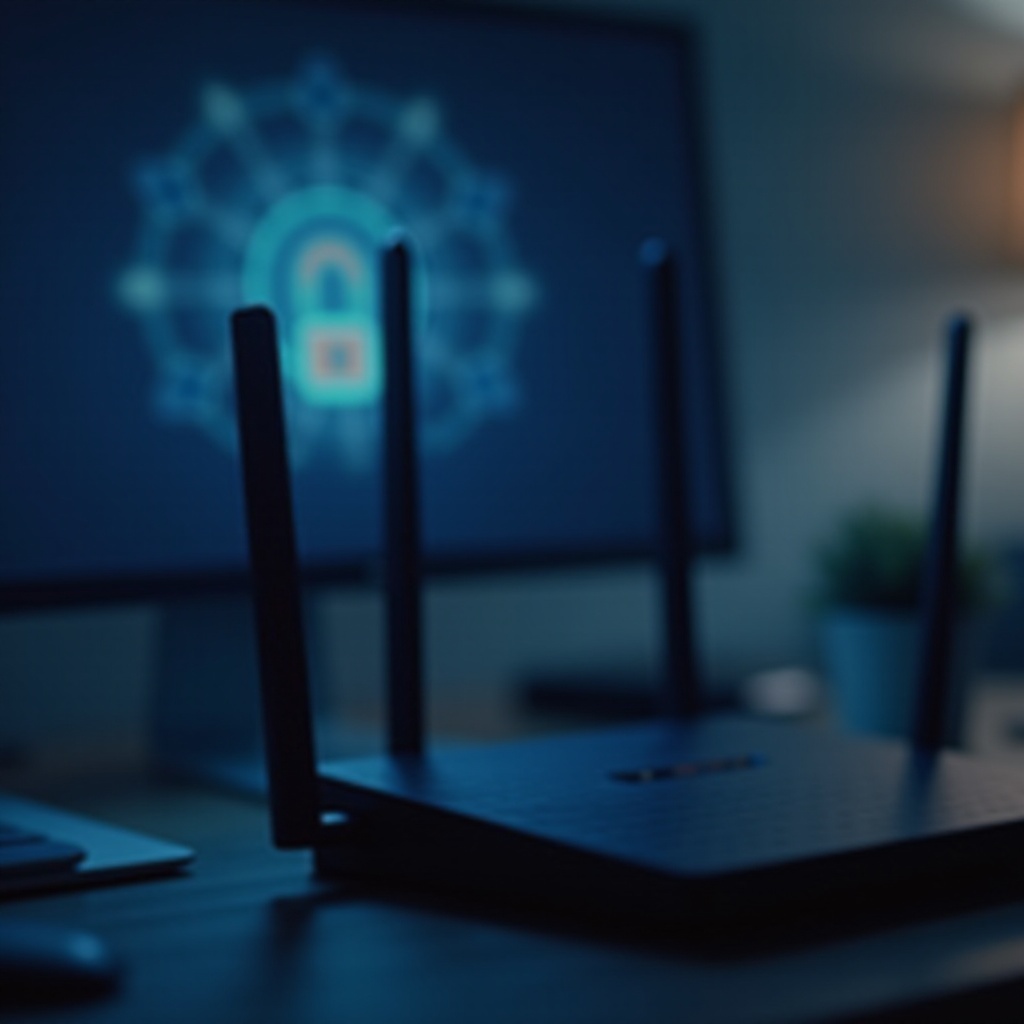Introduction
Encountering unexpected internet lag or instability can disrupt both productivity and leisure. While sometimes these slowdowns result from harmless technical quirks, they often signal unauthorized access to your WiFi. Unknown users on your network not only consume bandwidth but also pose security risks by potentially accessing sensitive data. It’s essential to identify and address unauthorized users to protect your data and ensure network efficiency. This guide delves into network security’s importance, signs of unauthorized access, the tools available to investigate such activities, and steps to safeguard your WiFi network. Empower yourself with this knowledge to maintain the integrity of your internet connection and peace of mind.

Why Securing Your WiFi Is Crucial
Your WiFi network serves as the gateway through which all your devices connect to the internet, whether at home or in a business setting. Unauthorized individuals tapping into your network can lead to data security risks and potentially expose personal information like passwords and financial data. Protecting your network keeps your information secure and ensures optimal bandwidth for authorized devices, helping you avoid possible legal issues linked with unlawful activities conducted on your connection.
Recognizing the critical nature of securing your network, we can proceed to identify how you actually detect unauthorized users on your WiFi.

Common Signs of Unauthorized WiFi Usage
Being aware of unauthorized usage enables early interventions, protecting you from threats. Look out for these common signs:
- Unexplained Slowdowns: Noticeably reduced internet speed without an apparent cause might indicate someone else is using your bandwidth.
- Unrecognized Devices: Check for unknown gadgets in your network’s connected device list accessible through network settings.
- Frequent Connection Drops: Overloaded networks often disconnect devices as they overstrain to satisfy usage demands.
- Increased Data Usage: Uncalled-for spikes in data use, especially during seemingly inactive periods, suggest unauthorized activity.
Spotting these indications is crucial, but you still need tools to verify and investigate further. So, let’s explore the accessible tools that can verify unauthorized users on your network.

Tools to Check WiFi Connections on Your Devices
Knowledge of who connects to your WiFi is vital for maintaining control over your network. Here are various practical tools and methods to help monitor connectivity:
Using Built-in Router Apps
Many routers today come equipped with built-in apps or web interfaces accessible via the router’s IP address using a web browser. These interfaces allow real-time viewing of connected devices, detailing device names, and MAC addresses—information invaluable in monitoring network connections.
Network Scanning Apps for Smartphones
Smartphone applications like Fing and NetSpot can quickly and easily identify all devices using your WiFi. These apps feature capabilities such as retaining device history and alerting you to new connections, affording an additional security layer.
Accessing Device Lists via Mobile Apps
Routers by manufacturers such as Netgear and Linksys often provide mobile applications that link to your router, facilitating network monitoring and management via your phone. These applications are usually user-friendly, presenting lists of connected devices, with options available for blocking unfamiliar ones.
Having established who’s using your network, it’s time to enhance security measures thwarting unauthorized access effectively.
Steps to Enhance WiFi Security on Your Network
To shelter your network from unauthorized intruders, implement the following strategies:
Regular Password Updates
Routine password changes are a vital yet straightforward deterrent against unauthorized WiFi access. Employ robust passwords that include a combination of letters, numbers, and symbols. Setting periodic reminders to revise passwords every three months is advisable.
Setting Up a Guest Network
Consider establishing a guest network for visitors who need internet access. This approach protects your primary network, offering guests internet privileges while safeguarding personal device security on your main network.
Enabling Network Encryption
Ensure secure communication by employing WPA2 or WPA3 encryption standards. Verify router settings are configured to the most advanced encryption standard available to make it significantly more difficult for intruders to enter your network.
With these fundamental security measures applied, you might be ready to delve into advanced monitoring techniques enhancing security further.
Advanced Monitoring Techniques for Tech-Savvy Users
For individuals confident in handling technology, the following are advanced methods for in-depth network monitoring:
Third-party Network Analysis Apps
Sophisticated tools like Wireshark grant detailed network activity analysis via packet inspection. Though more technically demanding, this tool delivers comprehensive insights into network transmissions, ideal for users with advanced expertise.
Setting Notifications for New Devices
Some routers or third-party applications let you enable notifications for any new devices connecting to your network, ensuring swift alerts when unfamiliar users try accessing your connection.
Continuous Security Audits
Execute regular network audits using vulnerability assessment tools to unveil and address potential weaknesses within your network, thus guaranteeing resilience to unauthorized intrusions.
By integrating these sophisticated techniques, network security should significantly improve. But understanding steps to undertake upon unauthorized access detection remains equally pressing.
What to Do If You Detect Unauthorized Access
Upon spotting unauthorized devices accessing your WiFi, take immediate actions:
- Immediate Password Change: Update your WiFi password to something strong and unique.
- Block Unknown Devices: Use your router’s security settings to expel and ban suspicious devices.
- Leverage Additional Security Options: Investigate other security elements like MAC address filtering for more confined network access.
- Seek ISP Support: When necessary, contact your internet service provider for added advice or solutions to these concerns.
Prompt, decisive action reduces risk and secures your network from future access threats.
Conclusion
Vigilance, combined with the proper tools and a proactive security approach, is pivotal for discovering unauthorized WiFi users. Knowledge of identifying such intruders and reinforcing your network’s defenses ensures reliable internet access, crucial for both personal and professional settings. As technology progresses, staying apprised of network security practices is indispensable to maintaining and safeguarding your digital environment.
Frequently Asked Questions
How often should I change my WiFi password?
To maintain network security, aim to change your WiFi password every three months. If you observe any unusual activity, update it immediately.
Can I monitor my WiFi usage remotely?
Yes, many routers offer apps that allow you to monitor your network remotely, giving you control over connected devices from anywhere with an internet connection.
What legal steps can I take against unauthorized WiFi users?
While confronting unauthorized users directly is not advisable, you can report persistent issues to local authorities and your internet service provider, documenting proof of unauthorized access.
